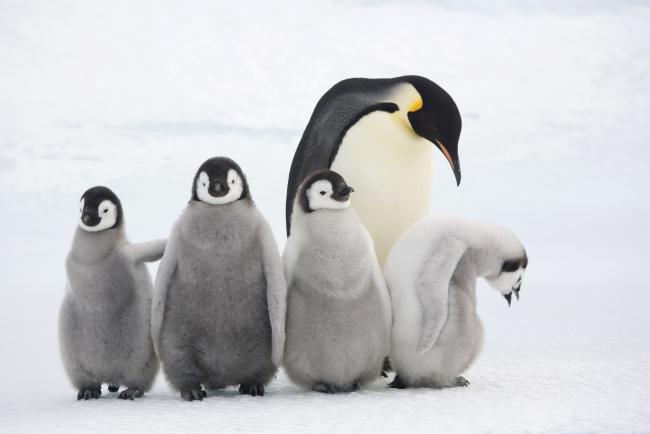
© Bryan and Cherry Alexander Photography
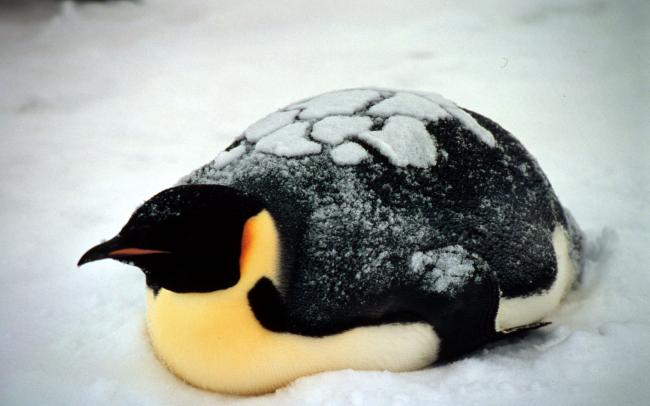
© Fritz Pölking / WWF


© Fritz Pölking / WWF
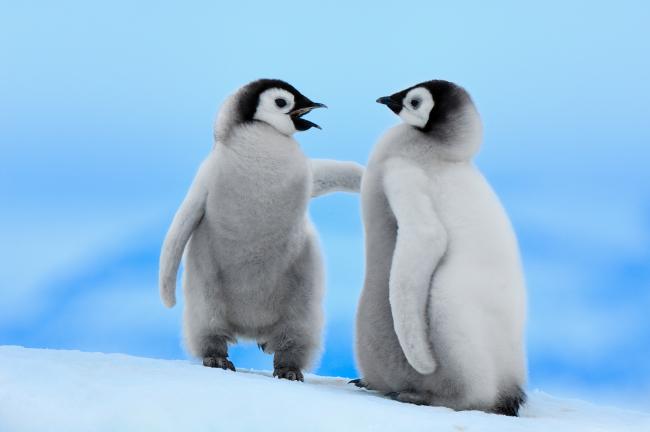
© National Geographic Creative / Jan Vermeer / WWF
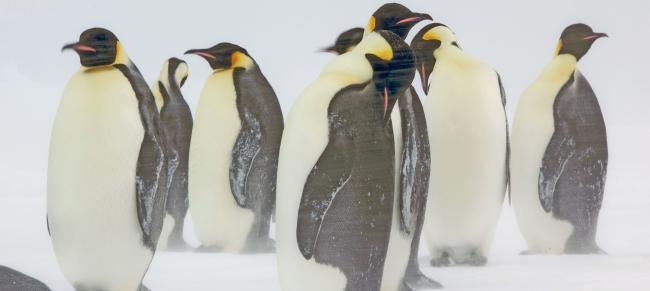
© Ian Duffy
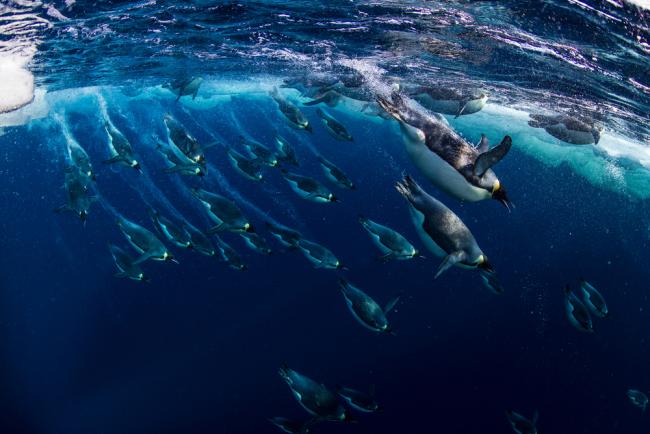
© National Geographic Creative / Paul Nicklen / WWF
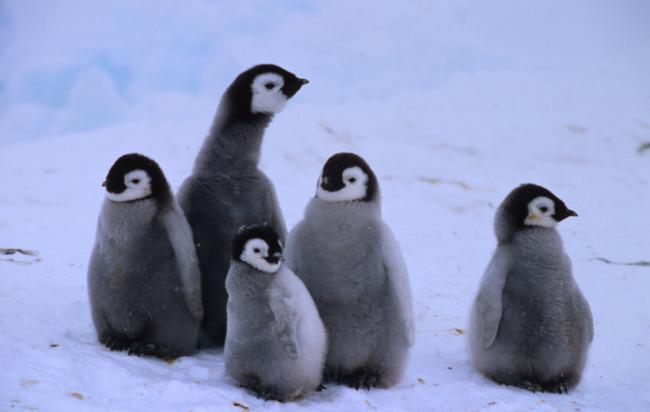
© Fritz Pölking / WWF
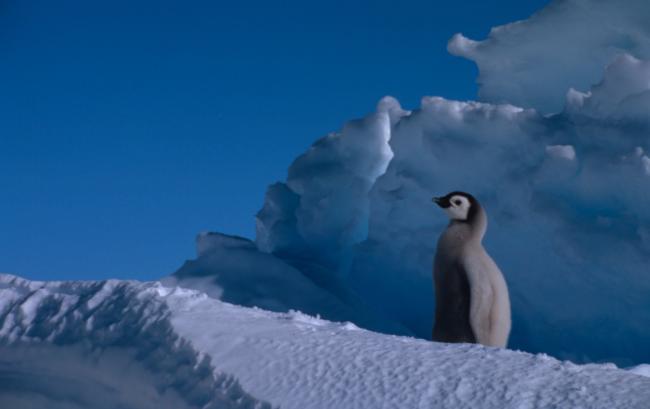
© Fritz Pölking / WWF
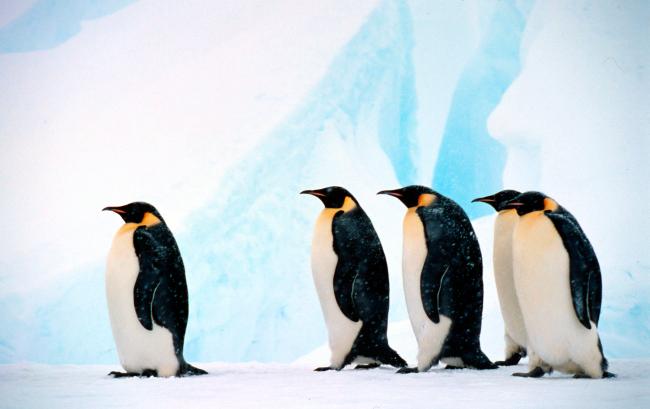
© Fritz Pölking / WWF
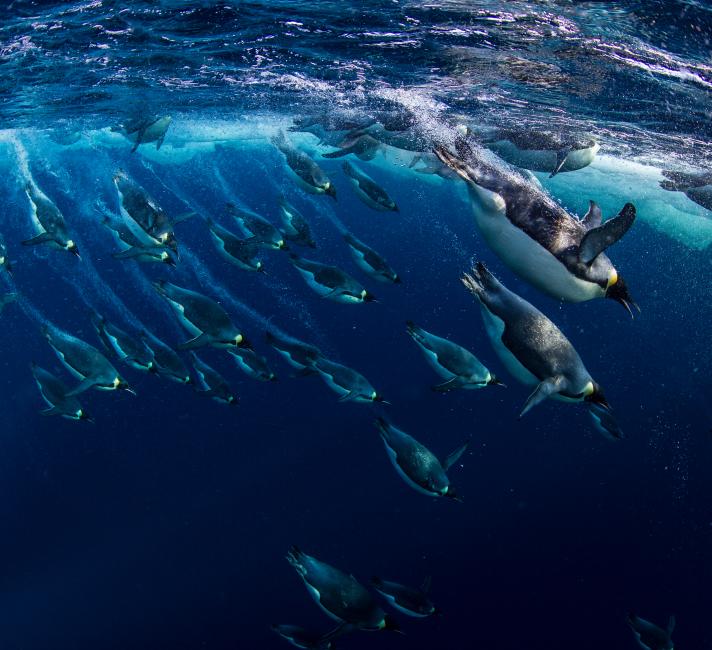

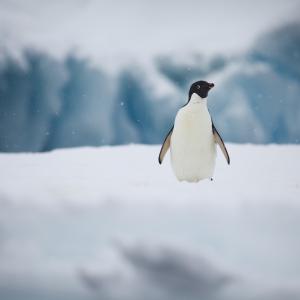 Penguin Awareness Day 2025
Penguin Awareness Day 2025
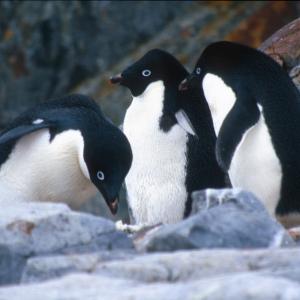 Top 10 facts about Adélie penguins
Top 10 facts about Adélie penguins
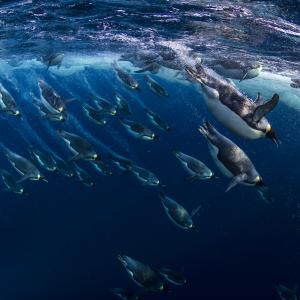 Emperor penguins: the icons of the Antarctic
Emperor penguins: the icons of the Antarctic
 We answer your most common climate change questions
We answer your most common climate change questions